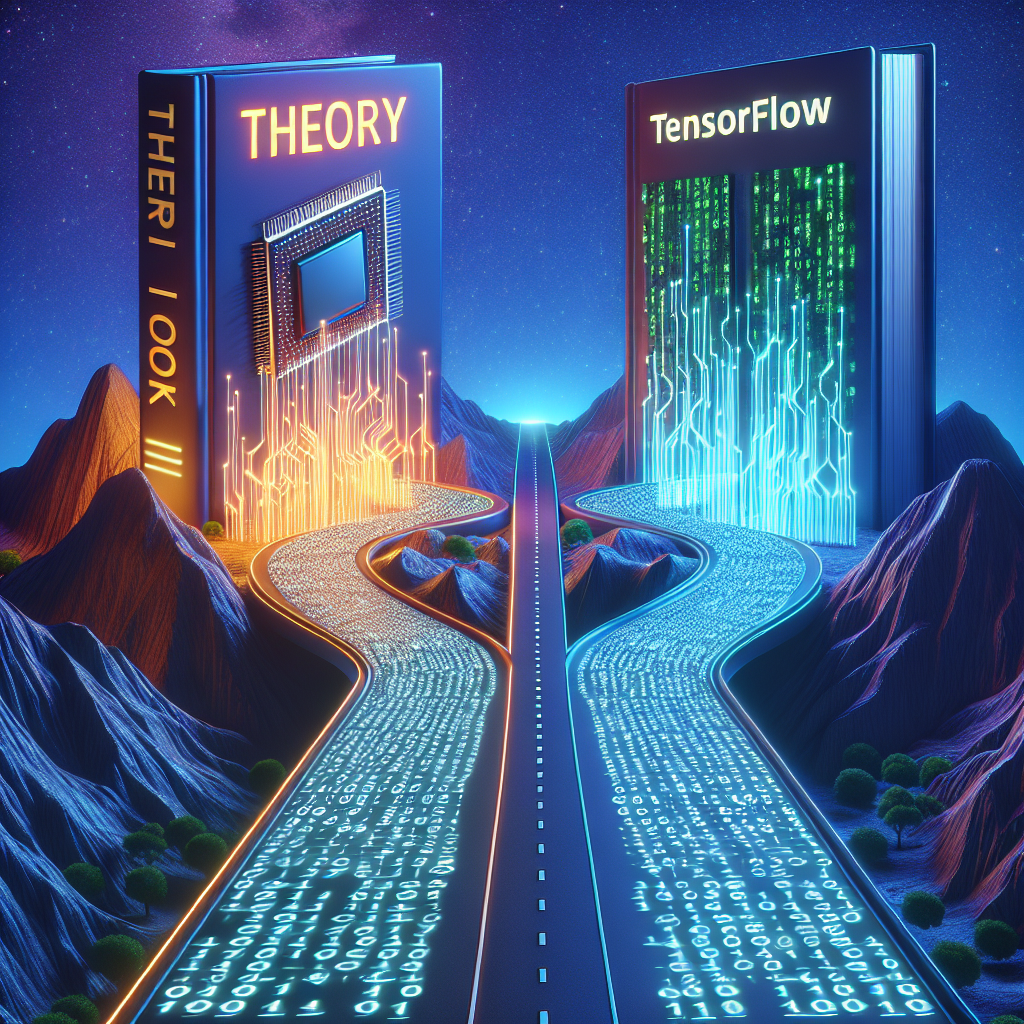Deep learning has emerged as a powerful tool in the world of artificial intelligence, enabling machines to learn complex patterns and make decisions without explicit programming. Two popular frameworks for implementing deep learning are PyTorch and TensorFlow, both of which offer a wide range of tools and libraries for building and training neural networks.
While understanding the theory behind deep learning is important, it is equally crucial to be able to implement these concepts in practice. In this article, we will explore how to effectively use PyTorch and TensorFlow to build and train deep learning models.
PyTorch is known for its flexibility and ease of use, making it a popular choice among researchers and developers. One of the key features of PyTorch is its dynamic computation graph, which allows for easy debugging and experimentation. To implement a deep learning model in PyTorch, you first need to define the network architecture using the torch.nn module. This module provides a wide range of pre-defined layers, such as convolutional and recurrent layers, which can be easily combined to create complex networks.
Once the network architecture is defined, you can start training the model using the torch.optim module, which provides various optimization algorithms such as stochastic gradient descent and Adam. During training, you need to define a loss function that measures the error between the predicted and actual output. PyTorch provides a wide range of loss functions, such as mean squared error and cross-entropy loss, which can be easily customized to suit your specific needs.
TensorFlow, on the other hand, is known for its scalability and performance, making it a popular choice for production-level deep learning applications. TensorFlow uses a static computation graph, which allows for efficient optimization and deployment of models. To implement a deep learning model in TensorFlow, you first need to define the network architecture using the tf.keras module, which provides a high-level API for building neural networks.
Once the network architecture is defined, you can start training the model using the tf.keras.optimizers module, which provides various optimization algorithms such as Adagrad and RMSprop. Similar to PyTorch, you need to define a loss function during training using the tf.losses module, which provides a wide range of loss functions for regression and classification tasks.
In conclusion, implementing deep learning with PyTorch and TensorFlow requires a strong understanding of the theory behind neural networks, as well as practical experience in building and training models. By leveraging the unique features of each framework, you can effectively harness the power of deep learning to solve complex problems in various domains, such as computer vision, natural language processing, and reinforcement learning. Whether you are a researcher, developer, or data scientist, mastering PyTorch and TensorFlow will enable you to unlock the full potential of deep learning and stay at the forefront of artificial intelligence innovation.
#Theory #Practice #Implementing #Deep #Learning #PyTorch #TensorFlow,understanding deep learning: building machine learning systems with pytorch
and tensorflow: from neural networks (cnn


Leave a Reply